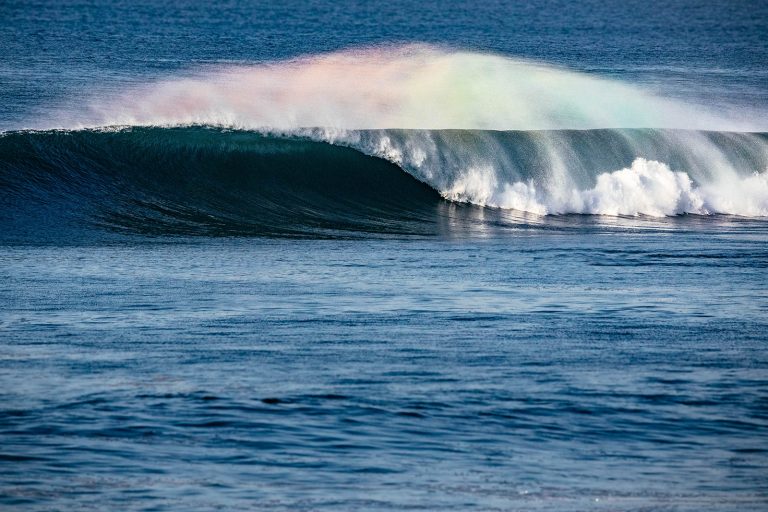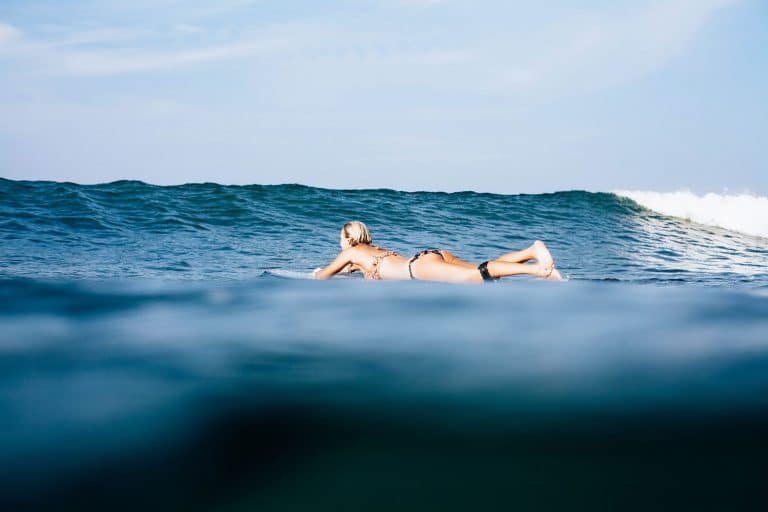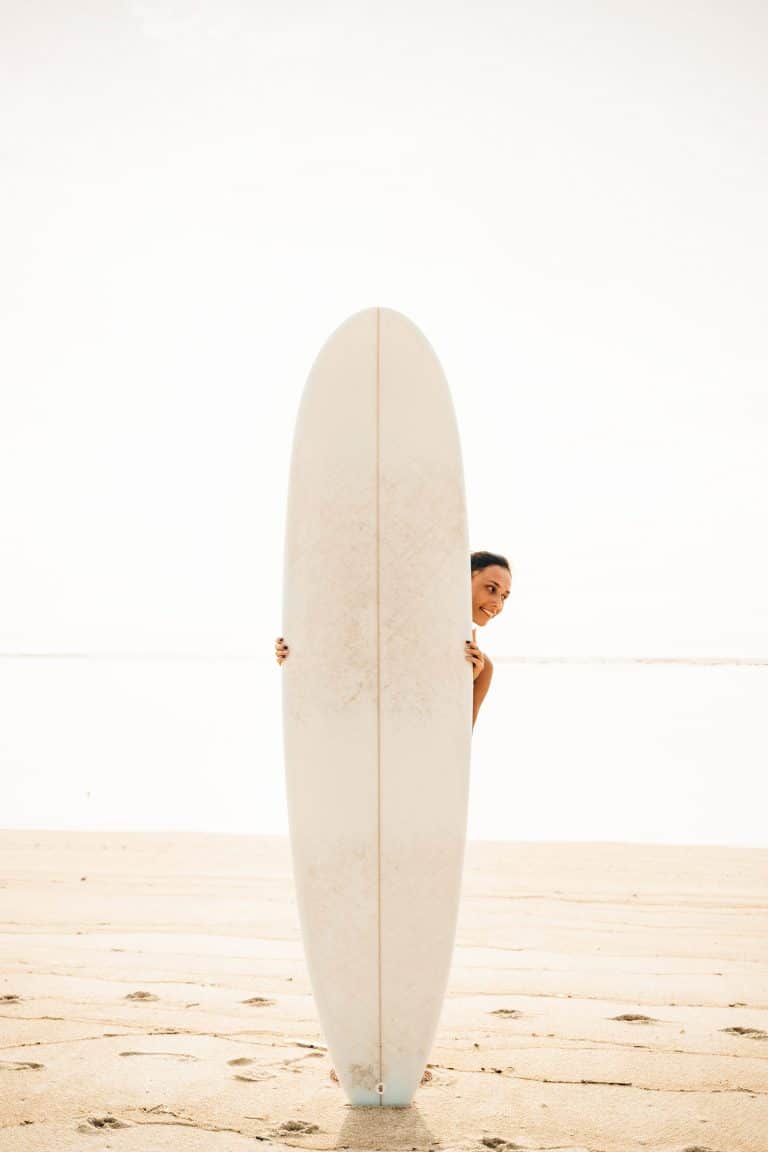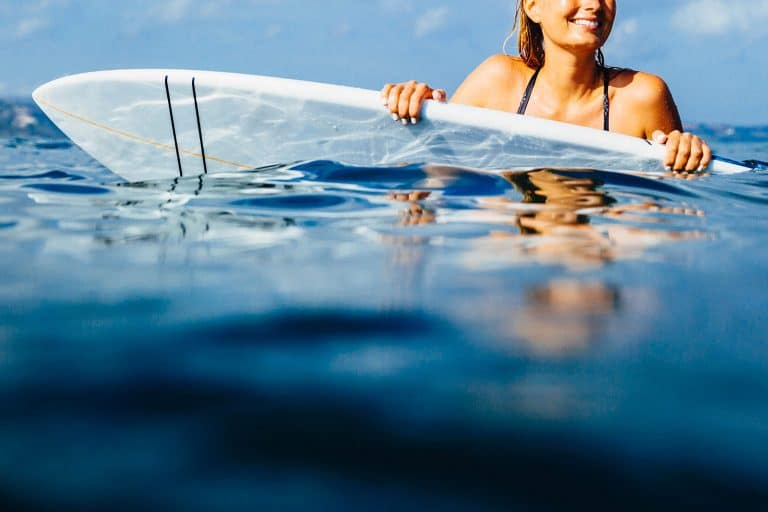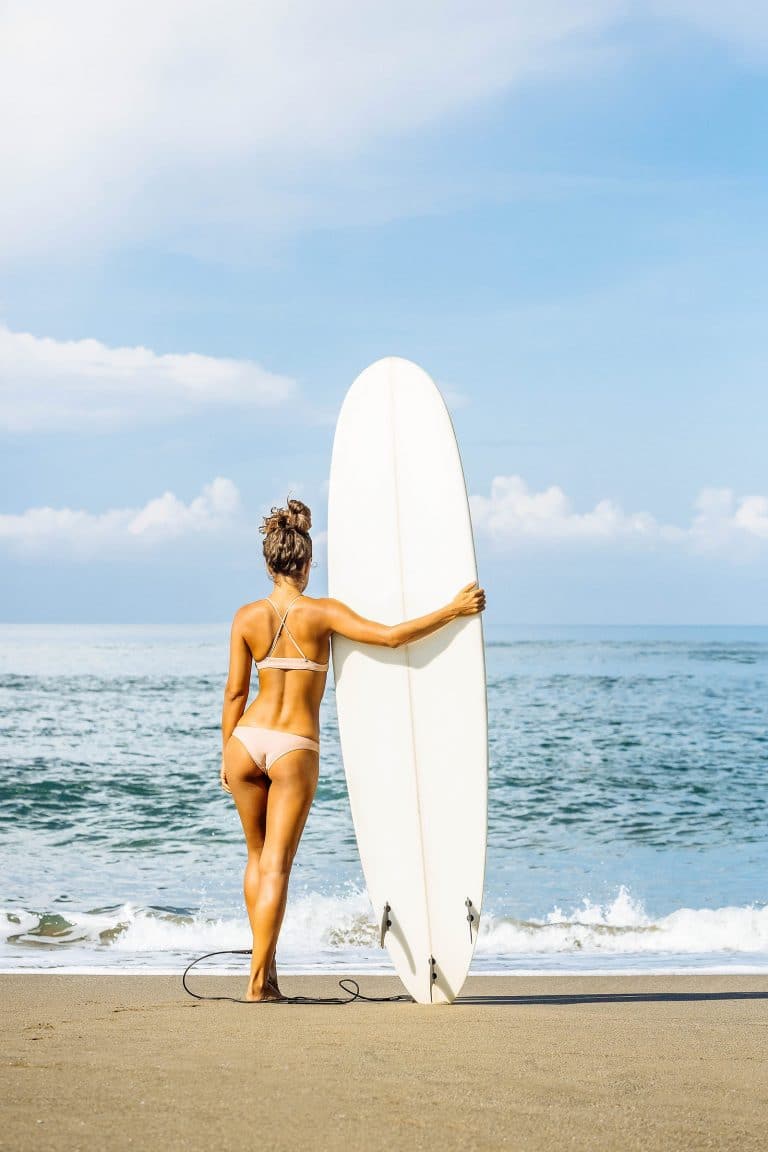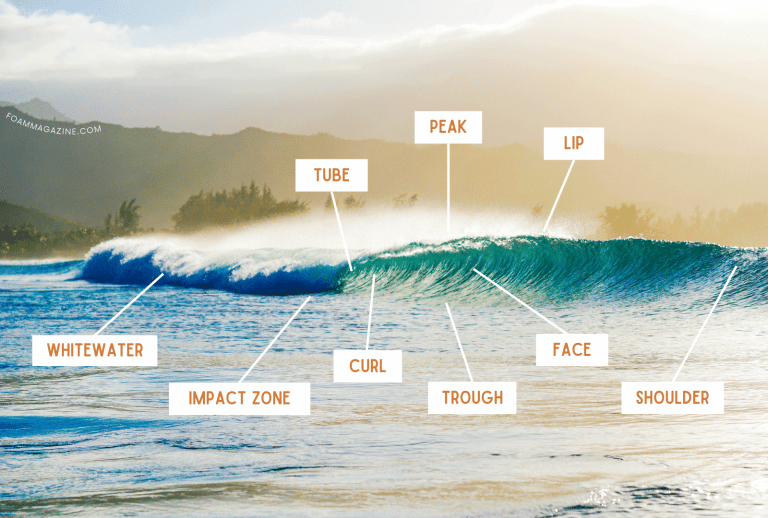Surfboard Fin Setups: Understanding Single, Twin, Thruster, and Quad Fins
Look on the bottom of any surfboard and you’ll notice one, two, three or more fins of different sizes and shapes. These fins—and the way they’re arranged—can have a major impact on your board’s performance, especially as you pass the novice level in your surfing and want more responsiveness.
Fins give a surfboard stability, control, and direction. They help you maintain speed and slice through the water in a way that would be impossible on a finless board.
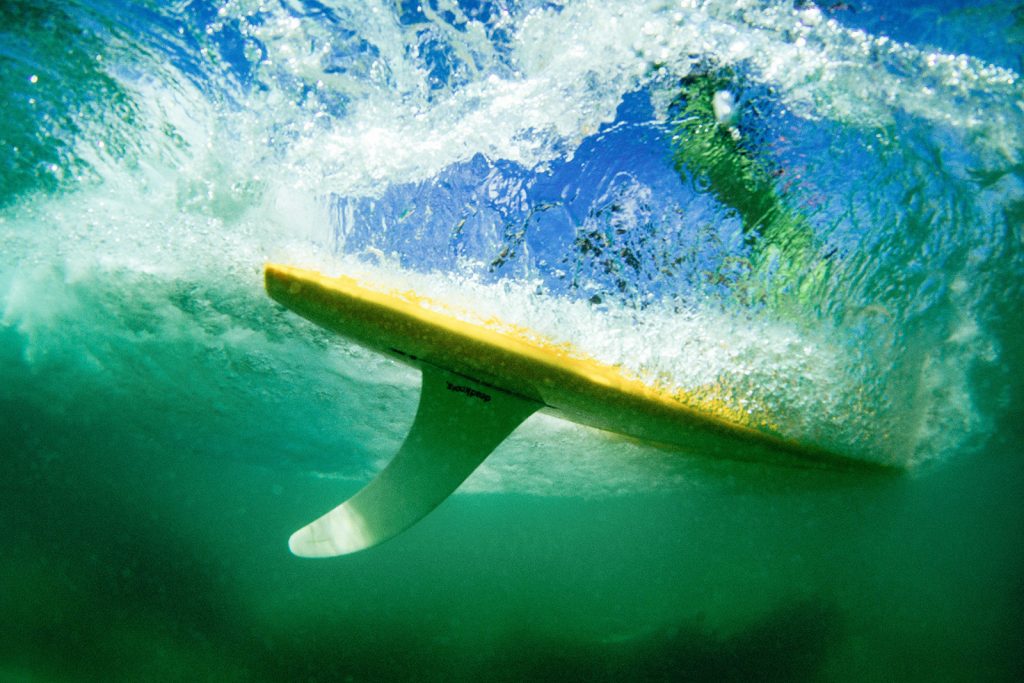
But did you know that historically, surfboards actually had no fins? A rudimentary level of control was achieved through convex hulls and the surfer dragging a foot in the water!
Luckily for us, American surfing pioneer Tom Blake introduced the first fixed fin in 1935. Pretty clever stuff: He took a metal keel from an abandoned speedboat and attached it to the bottom of his surfboard, an innovation which forever changed how people surfed.
Then came American surfer and watercraft designer Woody Brown, who further popularized fins in 1936 by adding a fixed fin to his second surfboard design.
Single fins became the industry standard in the 1950s and as shortboards rose in popularity during the next decade, experimentation with fin design and placement increased.
Australian surfer Mark Richards invented the first twin-fin design in the late 1970s. Thrusters (three fins) appeared in 1980 as the brainchild of Australian surfer Simon Anderson, as a way to solve the shortcomings of the previous fin configurations.
These days, you can find fins in a range of sizes, shapes, and materials and even a rainbow of colors. Not only are there four fins now, but even five fins and 2+1 fins.
But if all of this feels overwhelming, let’s focus on the four most popular fin setups to help you decide which one is best for your surfing ability and style.
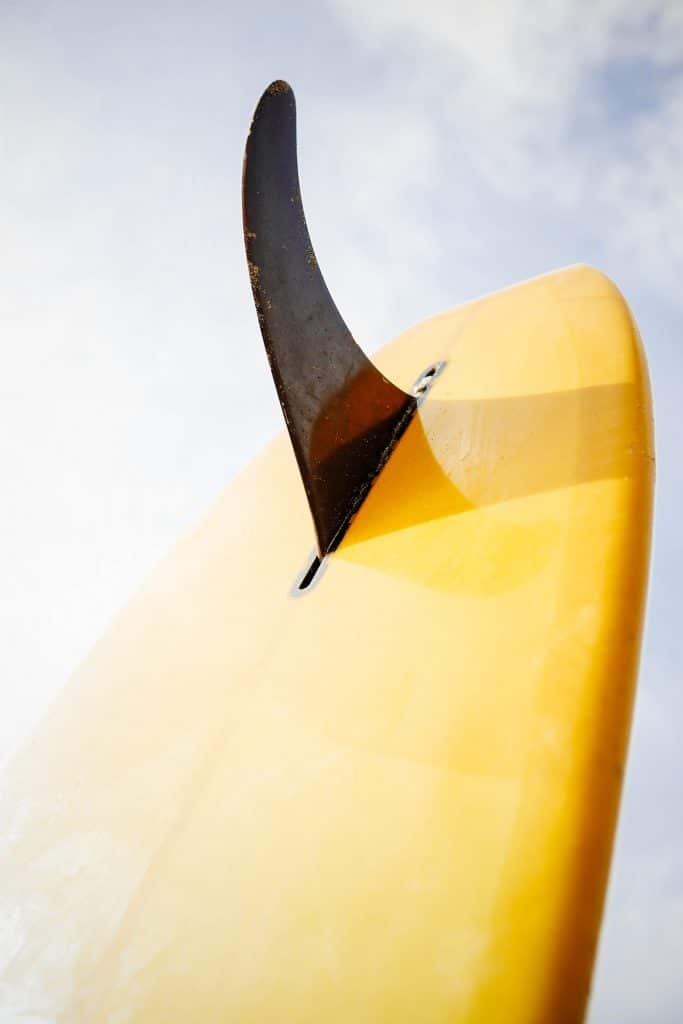
Single fins
Single fins are most commonly found on longboards. The fin is usually long and wide and large enough to give control over the board on its own.
Single fins are great for smooth, slow turns on mellow waves and because fewer fins mean less drag, your surfboard maintains speed more easily. However, single fins make it hard to do quick, sharp turns and if you aren’t used to this setup, it might feel a little unstable as control is more reliant on the rider and less on how the board is set up.
Ideal surf conditions: Small waves, weaker medium waves, or large fat waves that roll for days.
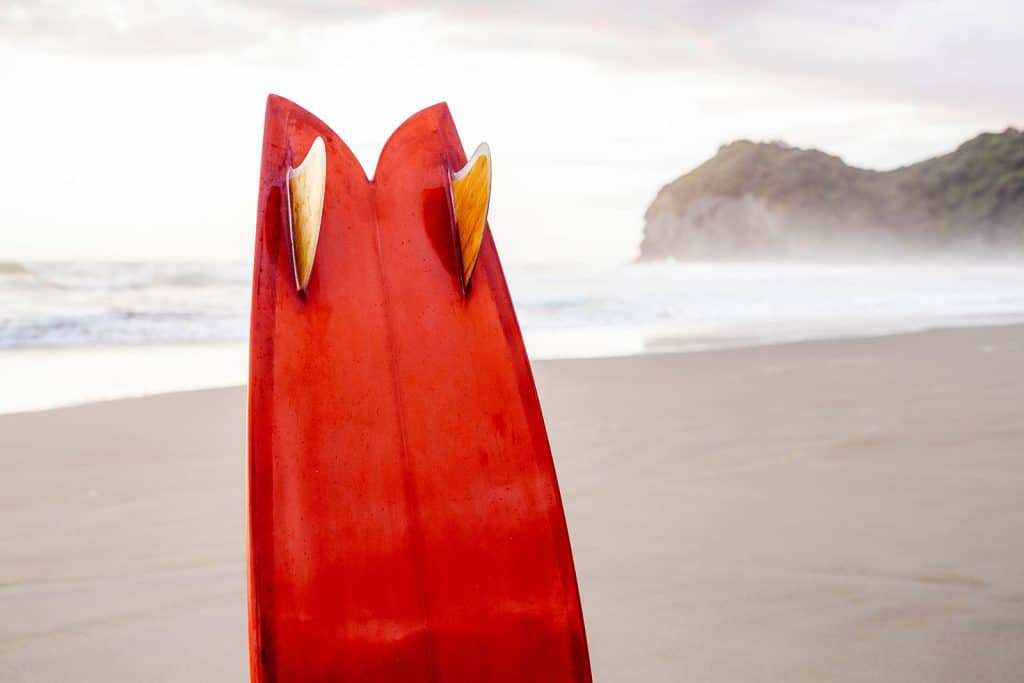
Twin fins
Twin fins have an advantage over single fins in that they provide more stability while maintaining high maneuverability and good speed. However, they sometimes feel squirrelly and can make it harder to do a bottom turn on bigger waves because the tail is prone to sliding out.
In a twin fin setup, the fins are of equal size and placed on either side of the tail.
Ideal surf conditions: Small to medium waves.
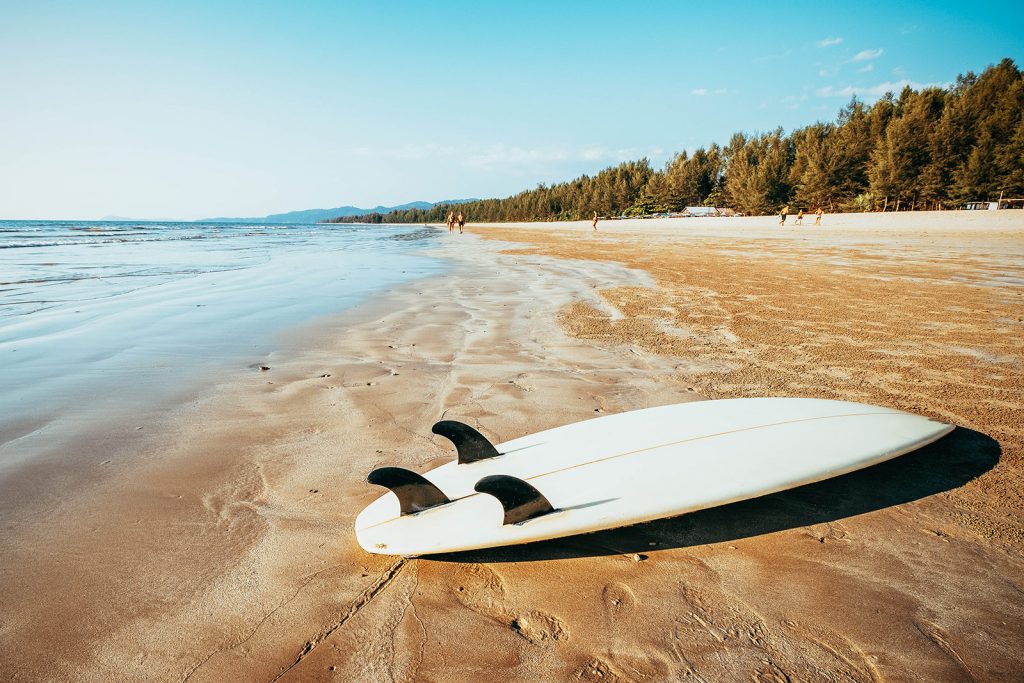
Thruster fins
Thruster fins are the most popular fin setup for both beginners and advanced surfers. This setup uses three equal-sized fins, with the center fin placed farther back on the tail.
Since twin fins don’t have enough “hold” in bigger waves, the extra fin in the middle of a thruster setup offers more stability and even more maneuverability.
Thruster fins have played a huge part in the evolution of competitive surfing as they make high-performance tricks possible. On the downside, the back fin creates more drag, so some speed is sacrificed.
Ideal surf conditions: All types from small to big, playful to powerful. Thruster fin setups also hold well in steeper waves.

Quad fins
Quads take the best characteristics of twin fins and thruster fins to create a four-fin setup that helps surfers generate speed (even in small, weak waves) and make quick turns, but with extra control.
How you place the fins matters: Rear fins placed farther up and closer to the rails is great for surfing smaller waves, while rear fins placed farther back toward the tail can give you extra hold and help you ride bigger, steeper waves.
Ideal surf conditions: All types, but especially in clean, powerful waves.
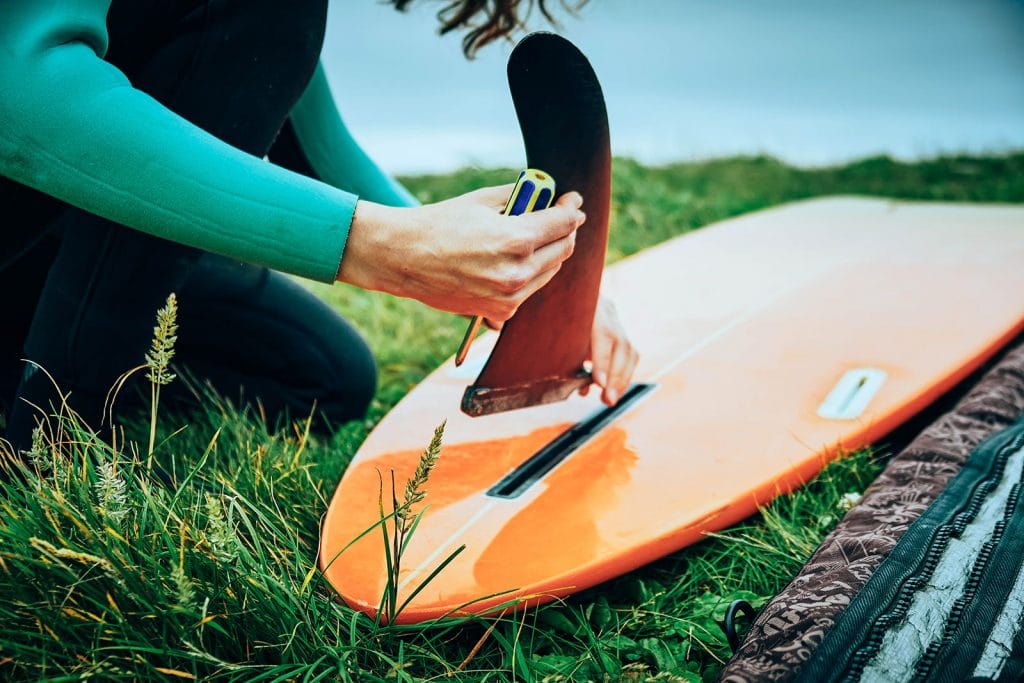
More fin characteristics to consider
The fin setup (location and number of fins) is one thing, but it’s not everything when it comes to how a surfboard performs. When choosing fins, these other aspects of fin design are worth considering too:
- Fin size: Bigger fins mean more stability and grip through turns, since there’s more surface area in contact with the water. Smaller fins have a looser, more “buttery” feel.
- Fin flex: Stiffer fins work well for all ability levels, as they’re stable and predictable. Softer, more flexible fins have a playful feel and allow for fast, sharp turns (but are harder to control).
- Fin base: The base is the length of the fin where it meets the board. Longer fin bases provide more drive when you turn on your board. Shorter fin bases generate less drive, but provide quicker and shorter turn arcs.
- Fin foil: The fin foil is the shape of the outside and inside faces of your fin. The way these faces curve on either side (from flat to convex) affects the speed, stability, and fluidity of your board.
- Fin rake (or sweep): The rake, or sweep, is how far back the fin tilts to the back. The larger the degree of rake, the more drawn-out your turns will be. Less fin rake (having a more upright profile) allows for a tighter turning radius.
So, which fin setup should you get for your board?
If you’re still not sure, my suggestion is to get a surfboard with a five-fin setup. A five-fin setup isn’t meant to be surfed with all five fins in place; rather, the five fin boxes allow you to mix and match your ideal set up, whether it’s a single fin, twin fin, thruster, or quad.
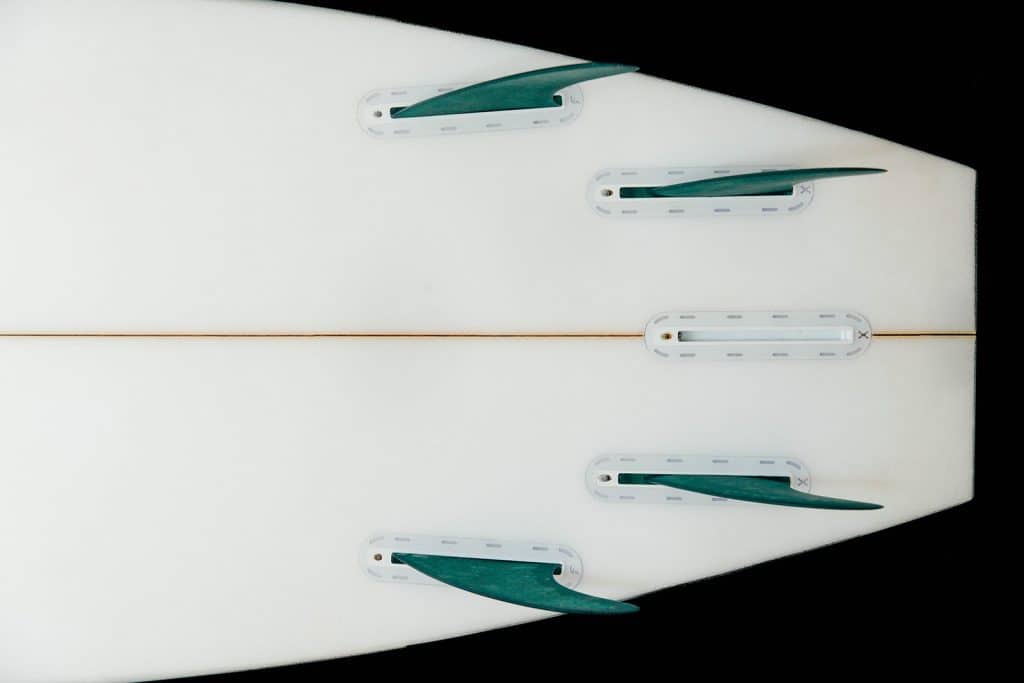
Don’t be afraid to swap out fins and try new setups depending on your mood and the surf conditions. The five-fin configuration gives you the most freedom as you can change how your board rides without having to buy another board.
If in doubt, go with a thruster setup, which is perfect for beginners yet still playful and powerful enough as you get more confident on the waves.
That said, fins are just one component of a surfboard. Keep reading to learn what other parts of a board can affect its design and performance.

